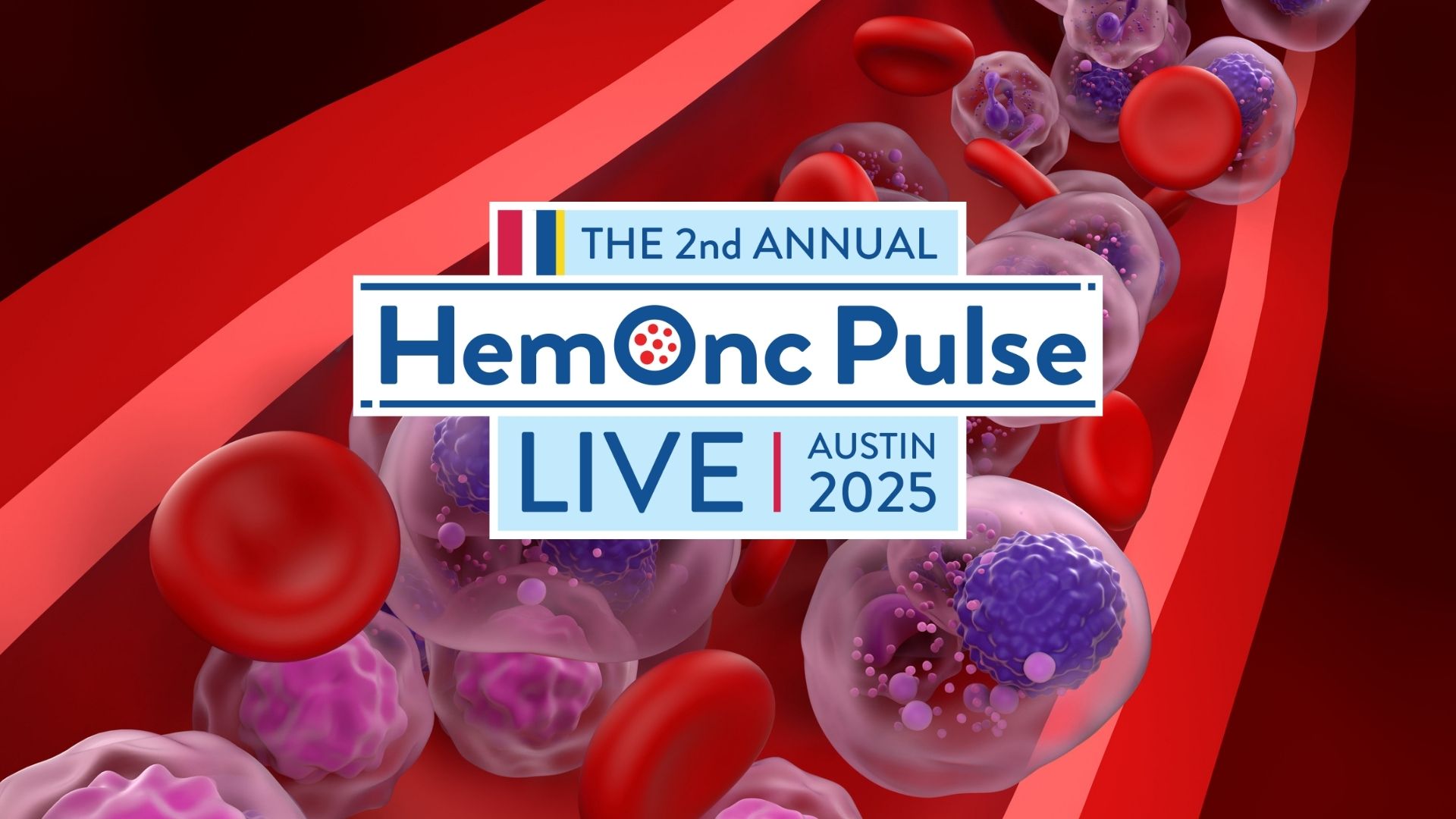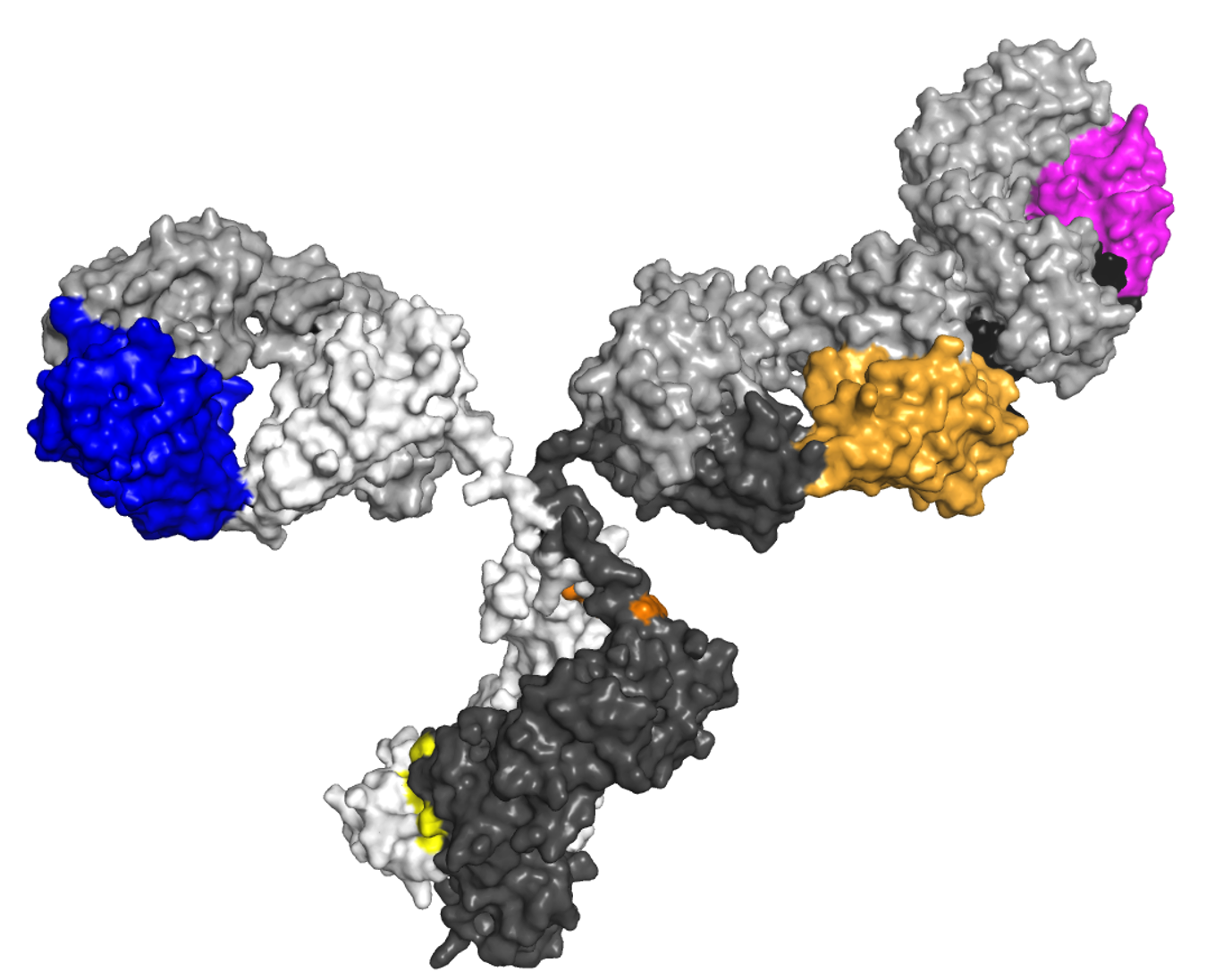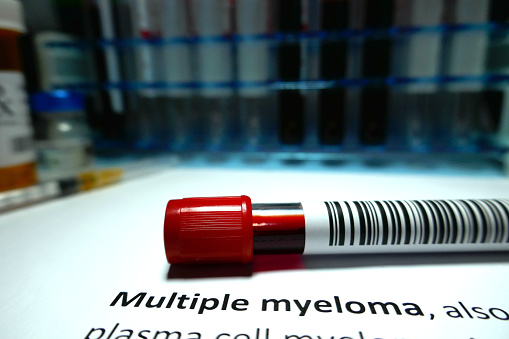
Measurable residual disease (MRD) measurements obtained via next-generation sequencing (NGS) tests can be highly prognostic in patients with multiple myeloma (MM), researchers have found.
In a retrospective study, Rafael Fonseca, MD, of the Mayo Clinic in Phoenix, Arizona, and colleagues found that MRD negativity at a sensitivity threshold of 10−6 was the most predictive factor for longer time-to-next treatment.
“Our results show that the ability to measure deeper and sustainable responses distinguishes patients with better outcomes,” Dr. Fonseca and colleagues wrote in an article published in Blood Cancer Journal.
The researchers sought to assess the utility of MRD outside the context of clinical trials. They also wanted to gain insight into the complementary roles of functional imaging and sequential MRD measurements.
The study included data from 186 patients with MM who were eligible for transplant and had received MRD assessment as well as frontline autologous hematopoietic stem cell transplant (AHSCT). At 100 days after AHSCT, they used NGS to measure MRD at a sensitivity of at least 10−6. Patients also received positron emission tomography/computed tomography (PET/CT) scans that were interpreted by radiologists.
Of the 186 patients included in the study, 45 (24.2%) had MRD negativity at the 10−6 sensitivity threshold. After performing multivariable analysis, the researchers found MRD negativity at the sensitivity threshold of 10−6 was the strongest prognostic factor for longer time-to-next treatment. That result held true even when compared to patients achieving negativity at lower sensitivity thresholds.
Notably, MRD negativity rates did not differ based on MM subtype, Revised International Staging System stage, or cytogenetic risk. Regardless of baseline risk characteristics, sustained MRD negativity was associated with longer time-to-next treatment, according to the researchers.
The researchers also reported that PET/CT showed poor agreement with MRD findings, largely due to negative PET/CT results in patients who were MRD positive. Only 23 (22.6%) of 102 patients who were positive for MRD also had positive PET/CT results.
The authors also noted that there seemed to be little benefit to performing PET/CT exams in MRD-negative patients because positive PET results are rare in these patients and outcomes appear to be more dependent on MRD, they said.
“Additional prospective studies are needed to establish the optimal timing of MRD assessment, the role of combining different types of assessment and further establishing the benefit of obtaining persistent MRD negativity,” the researchers wrote.
Reference
Fonseca R, Arribas M, Wiedmeier-Nutor JE, et al. Integrated analysis of next generation sequencing minimal residual disease (MRD) and PET scan in transplant eligible myeloma patients [published correction appears in Blood Cancer J. 2023 May 26;13(1):87]. Blood Cancer J. 2023;13(1):32. Published 2023 Mar 6. doi:10.1038/s41408-023-00794-x






 © 2025 Mashup Media, LLC, a Formedics Property. All Rights Reserved.
© 2025 Mashup Media, LLC, a Formedics Property. All Rights Reserved.